Mapping Charlotte in your mind
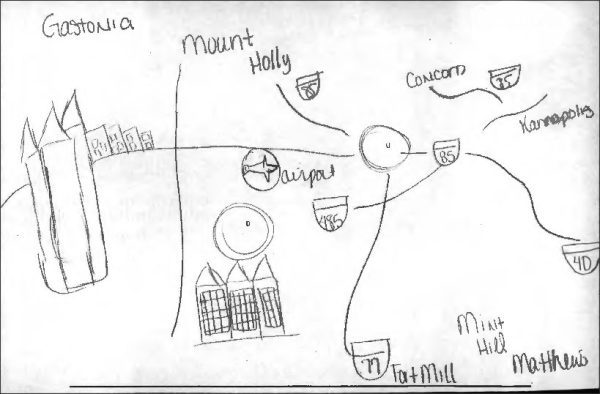
Each of us has a different image in our minds of what constitutes a place. Is it the road network? The buildings? The people?
One UNC Charlotte geography professor has been asking students on the first day of class to draw a map of Charlotte. He doesn’t tell them what type of map, or even what constitutes “Charlotte”—the city itself, greater Mecklenburg County, or the entire metro region.
The results provide a glimpse into what’s important to the students. You can often tell where the students live, shop, where they are from or sometimes even what they’re majoring in.
“The purpose is to make them think about what geography is, and what it is to describe the earth,” says Bill Graves, an associate professor in the UNC Charlotte Department of Geography and Earth Sciences. “We want to see how students view the world around them, and what in their eyes is important to them to scribble on a piece of paper. It’s not just what they write down, but also what they leave out of the maps.”
A simple hand-drawn map can sometimes show what’s important to people and what they notice about the world around them, making the maps a potential tool offering insights to city planners and urban designers. What and how do we think about our city? What is Charlotte to someone who’s lived here for most of her life? What does a new student from out of town think about Charlotte?
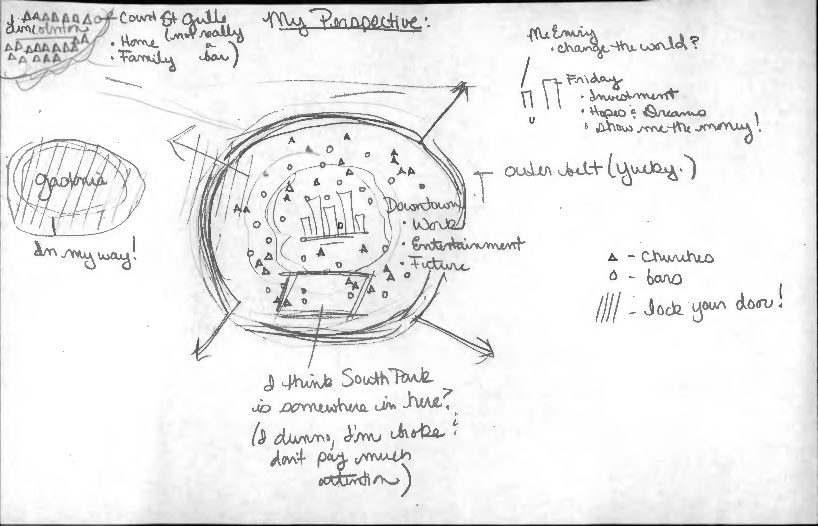
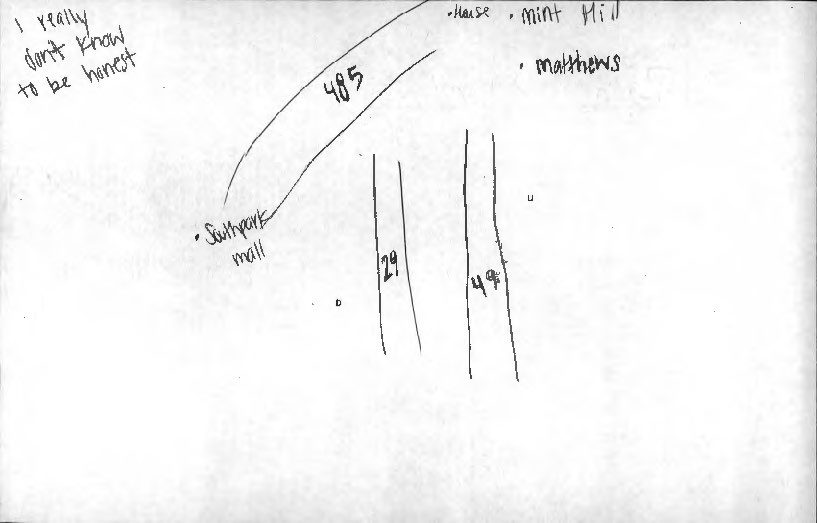
Two student-drawn maps, courtesy Dr. Bill Graves
Graves agreed to share some of the maps his students have drawn—with no names attached, to protect their privacy—which illustrate how differently they view Charlotte. Some sketch the city’s light rail line, or the Bank of America stadium. Most draw the outerbelt highway, I-485. SouthPark and Concord Mills malls are seen on map after map.
Some students focus on the suburbs, while others focus on the center of the city. Does that give any hints for where these Millennials will end up living? There’s not enough evidence to draw conclusions, but it’s an intriguing question.
We can see the churches that some students go too, the places they shop, the things that are most interesting to them, and the things that matter most in their lives.
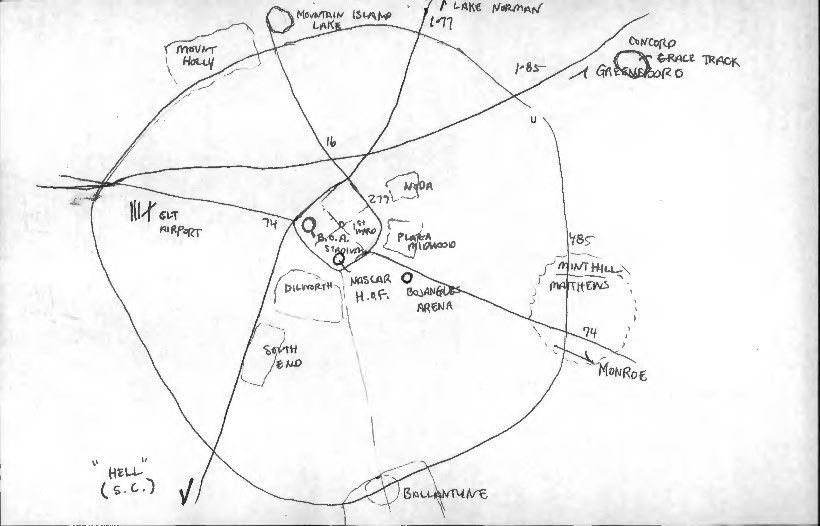
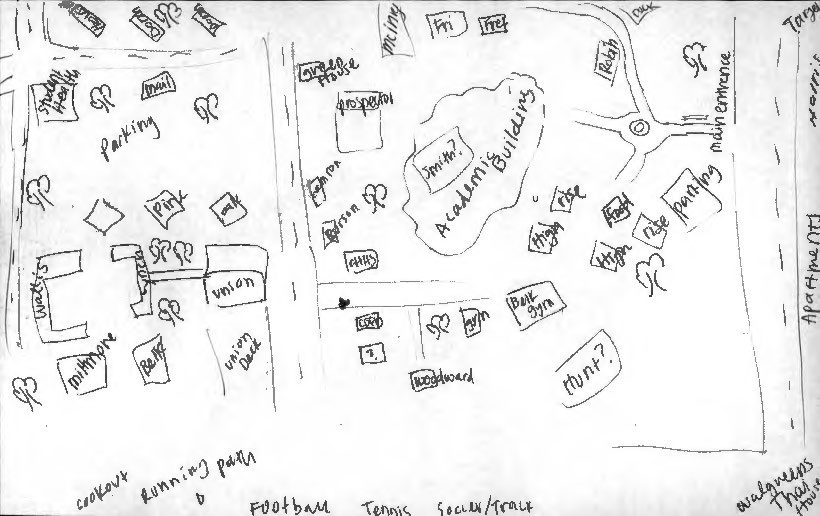
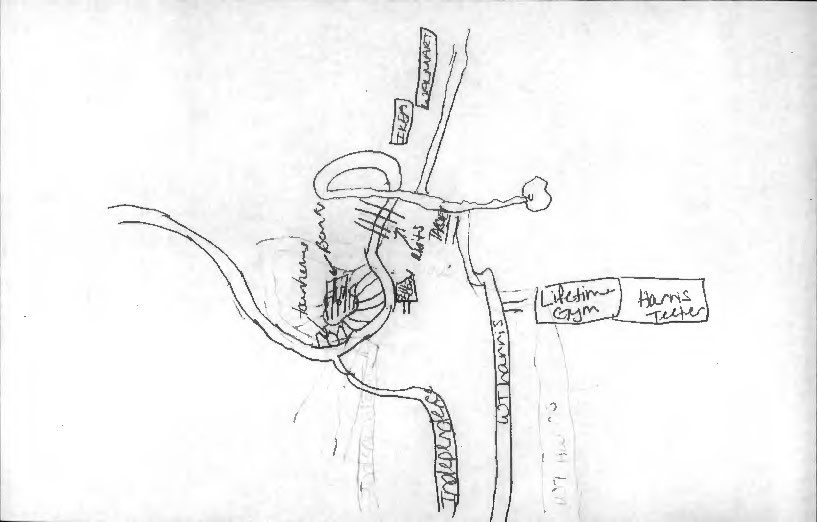
Student-drawn maps courtesy Dr. Bill Graves
By taking all the maps from one class and overlaying them, you’re left with what looks like a tangled pile of spaghetti. A pattern emerges however, and what are visible are the center of the city and the UNC Charlotte area.
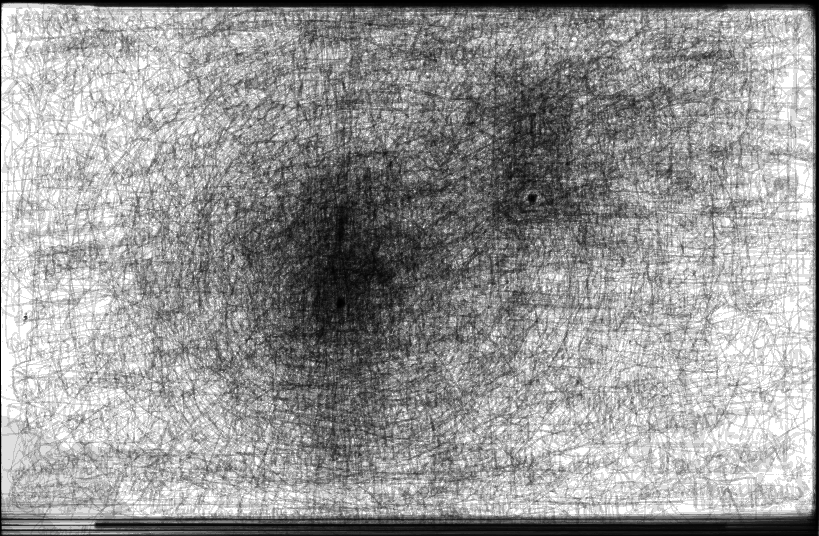
A mashup of many maps shows how center city and UNC Charlotte areas predominate. Illustration: Garrett Nelson
The geography Graves teaches is not how to list world capitals, but to examine how people are influenced by, and influence, the world around them. The idea of the maps, Graves says, is “to show the students that while they are drawing a map of the same city, they all have different interpretations and viewpoints. None of these viewpoints are incorrect, but they are all different, based on the age, gender, and background of the students creating their own cartography.”
“Everybody is already a geographer, they just don’t realize it,” he says. “Making the mental maps shows them that they know much more than they realize.”
See more Charlotte maps in slideshow below
All images courtesy of Dr. Bill Graves
[view:slideshow2=block_1]